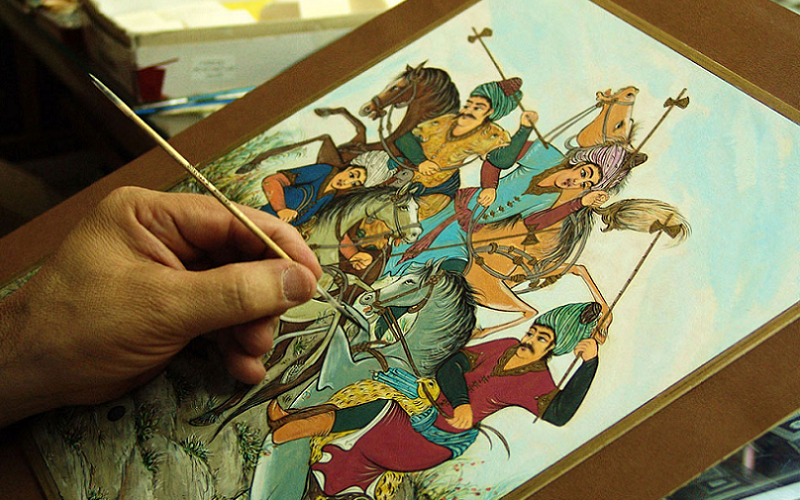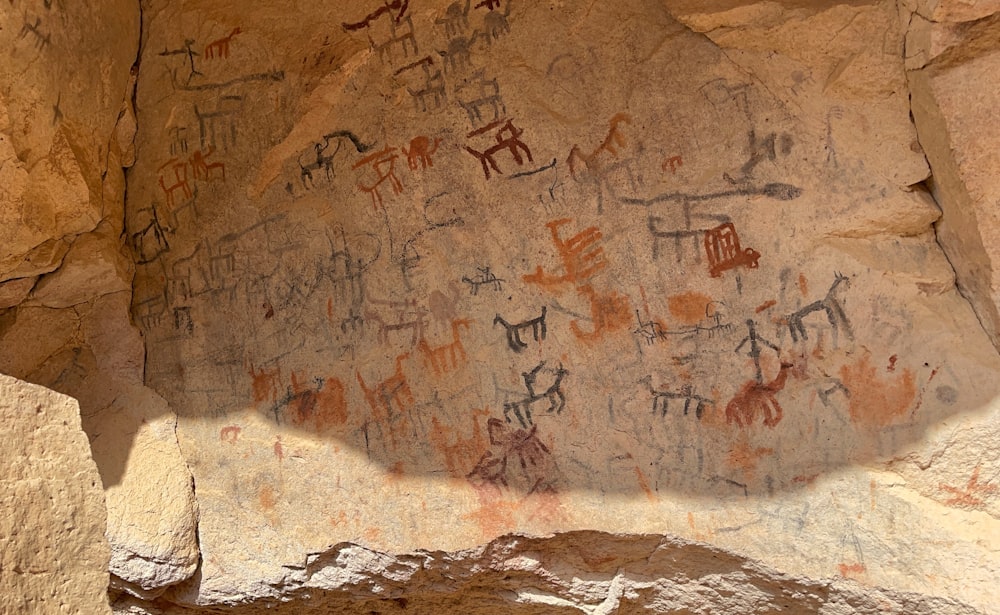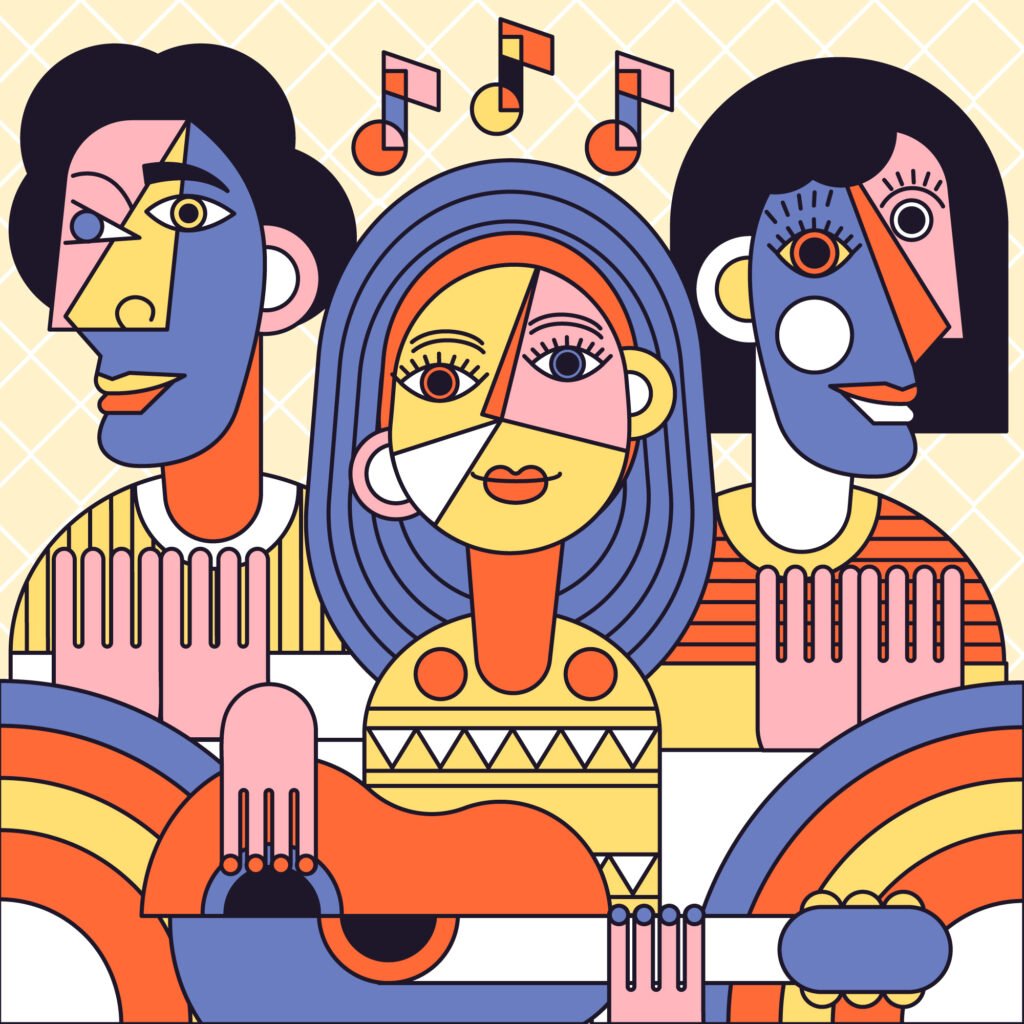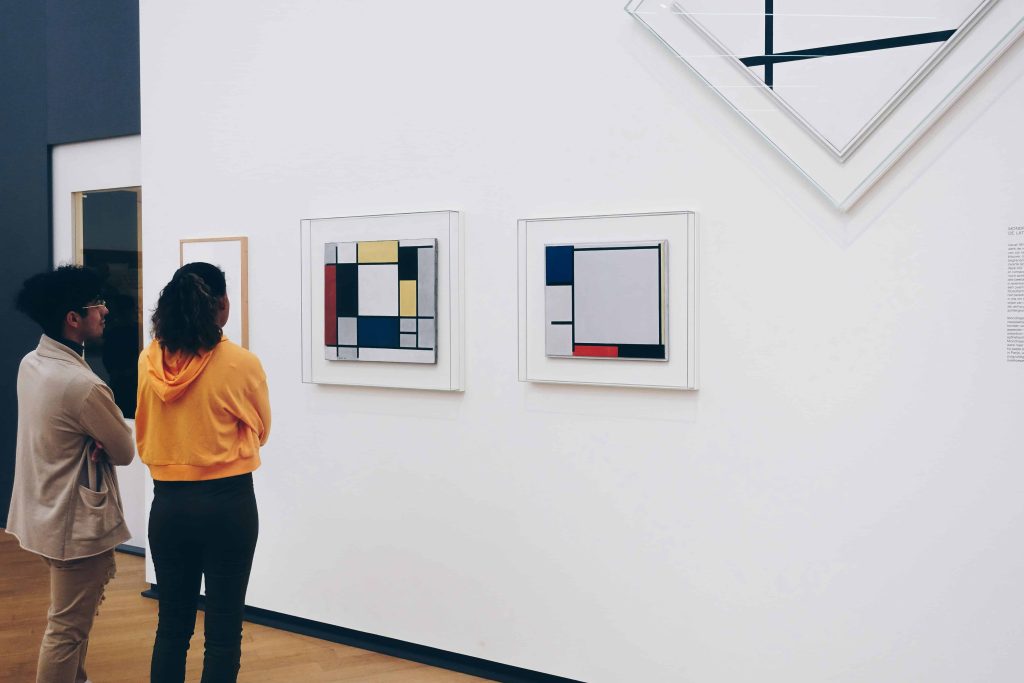
Art serves as a profound reflection of cultural identity, offering insight into the values, beliefs, and histories of diverse communities around the world. Through various mediums, art captures the essence of a society, intertwining personal and collective experiences that define who we are.
Art as a Mirror of Cultural Heritage

Art conveys and preserves the narratives that define a culture, acting as a visual record of its history and values. Each artwork tells a story about the community from which it originates, providing a glimpse into their traditions. For instance, Australian Aboriginal art plays a pivotal role in showcasing cultural traditions and promoting cross-cultural understanding, demonstrating how art is interwoven with identity and heritage[7]. Similarly, the intricate carvings and paintings of the ancient Greeks and Egyptians not only served religious and political purposes but also preserved the beliefs and customs of their civilizations for future generations[2].
This capacity to serve as a historical record allows art to embody the shared memories and aspirations of a group. As the article notes, “Art communicates cultural narratives, shares historical accounts, and fosters a collective understanding of our roots”[2]. Thus, art functions as a bridge between the past and the present, reinforcing cultural identity amidst the influences of globalization and modernization.
The Power of Artistic Expression in Identity Formation

Artistic expression provides individuals with a medium to articulate their unique experiences and cultural backgrounds. For many artists, their creations reflect their personal struggles, traditions, and identities. For instance, artists like Frida Kahlo and Amrita Sher-Gil have utilized their art to explore their cultural identities, inviting audiences to engage with themes of resilience and belonging through their work[8]. Kahlo’s self-portraits vividly incorporate elements of her Mexican heritage, while Sher-Gil’s paintings capture the intersections of her dual cultural background as an Indian-Hungarian artist[8].
Moreover, contemporary artists often challenge conventional notions of identity by exploring themes of race, gender, and representation through their work. Artists such as Kehinde Wiley intentionally disrupt the Western art canon by celebrating the dignity and agency of marginalized communities, thereby affirming their cultural heritage[8]. Such artistic practices not only reflect the artist's identity but also stimulate broader conversations about societal norms and cultural understanding.
Art Fostering Cultural Understanding and Empathy

Art serves as a universal language that transcends cultural barriers, fostering understanding among diverse groups. Engaging with various artistic expressions helps individuals appreciate the richness of different cultures and narratives. For example, art exhibitions and cultural festivals celebrate the diversity of artistic expressions, promoting mutual respect and appreciation among attendees[5]. These events showcase how artists from different backgrounds blend their cultural traditions, creating hybrid forms that reflect unique experiences.
Furthermore, the ability of art to touch on universal themes—such as joy, sorrow, love, and struggle—enables it to resonate across cultures, enhancing empathetic connections. This process is vital for building a more inclusive society, as it cultivates acceptance and understanding among varying communities[5]. Through artistic initiatives, individuals can share their unique backgrounds, fostering community cohesion and cultural equity[5].
Challenges and Opportunities in Cultural Representation
Despite its pivotal role in representing cultural identities, the art world also grapples with challenges such as appropriation and commodification. These issues raise ethical concerns about who has the right to represent a culture and how cultural symbols are used. Artistic expressions can sometimes risk misrepresentation, overshadowing the authentic narratives of the communities they aim to depict[3].
However, the evolving landscape of digital technology offers new avenues for cultural representation and preservation. Digital art, virtual reality, and interactive installations enable artists to tell their cultural stories in innovative ways, reaching broader audiences[5]. As the art landscape becomes increasingly interconnected, there is an opportunity for artists to collaborate and create works that enrich cultural dialogues, ensuring that diverse voices are represented and respected[5][7].
Conclusion

Art remains a vital tool for reflecting cultural identity, preserving heritage, and fostering understanding among diverse communities. Through its various forms of expression, art illuminates the intricacies of individual and collective identities, inviting viewers to explore the rich tapestry of human experience. As societal contexts shift, the relationship between art and cultural identity will continue to evolve, offering new perspectives and insights that celebrate diversity and promote intercultural understanding. By embracing the power of art in its many expressions, we can acknowledge and appreciate the profound connection between creativity and cultural identity.
Get more accurate answers with Super Pandi, upload files, personalized discovery feed, save searches and contribute to the PandiPedia.
Let's look at alternatives:
- Modify the query.
- Start a new thread.
- Remove sources (if manually added).